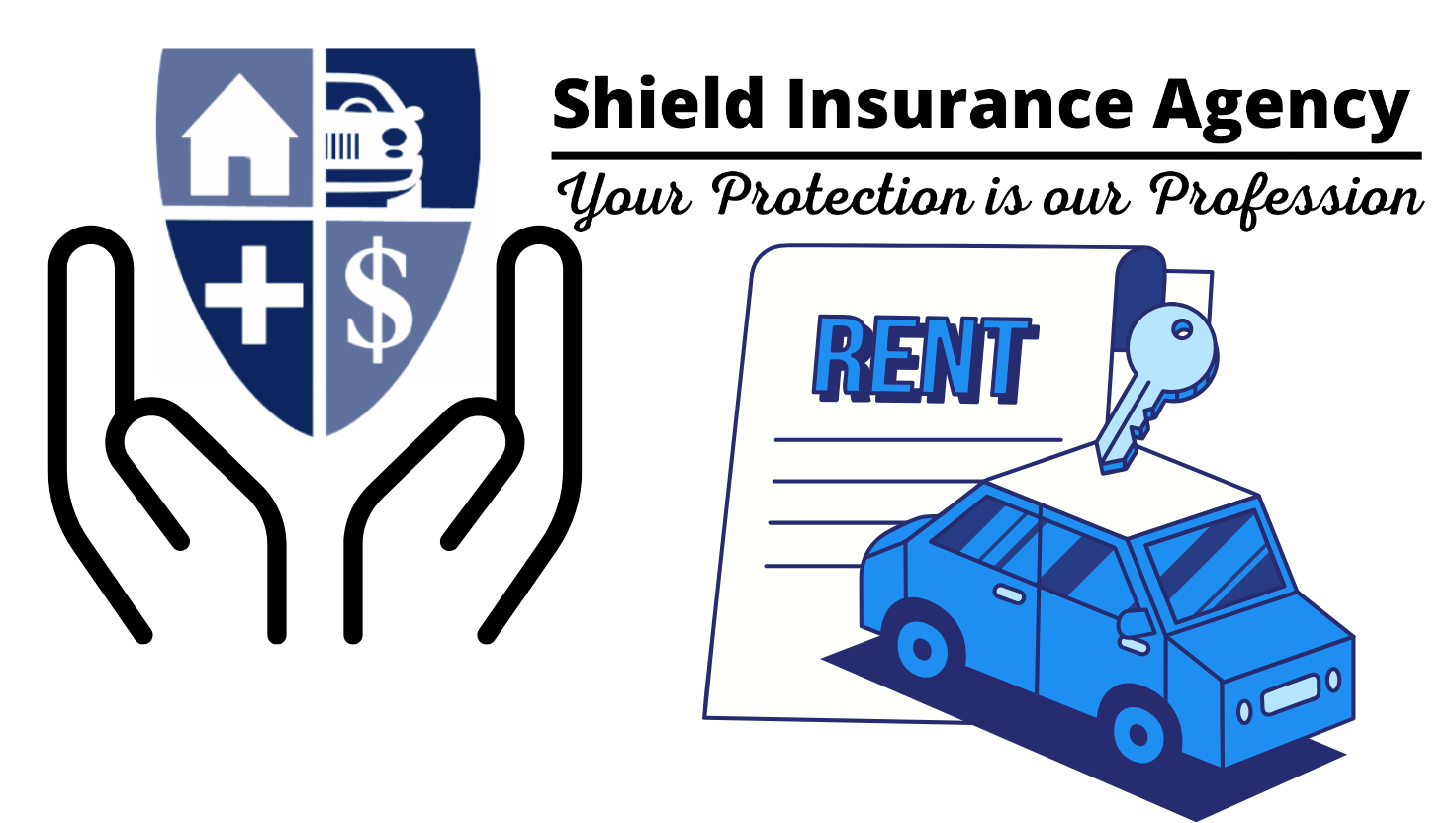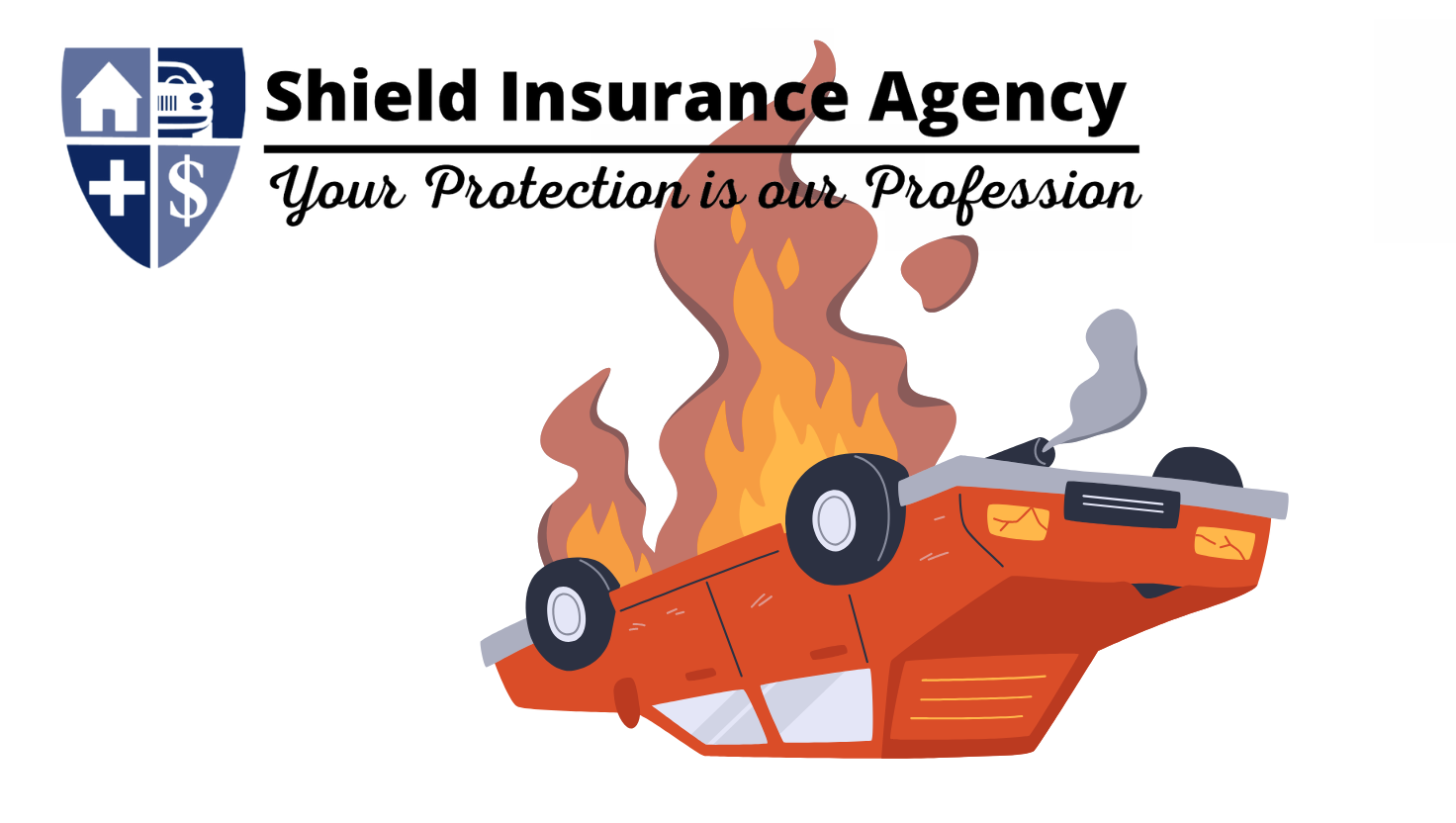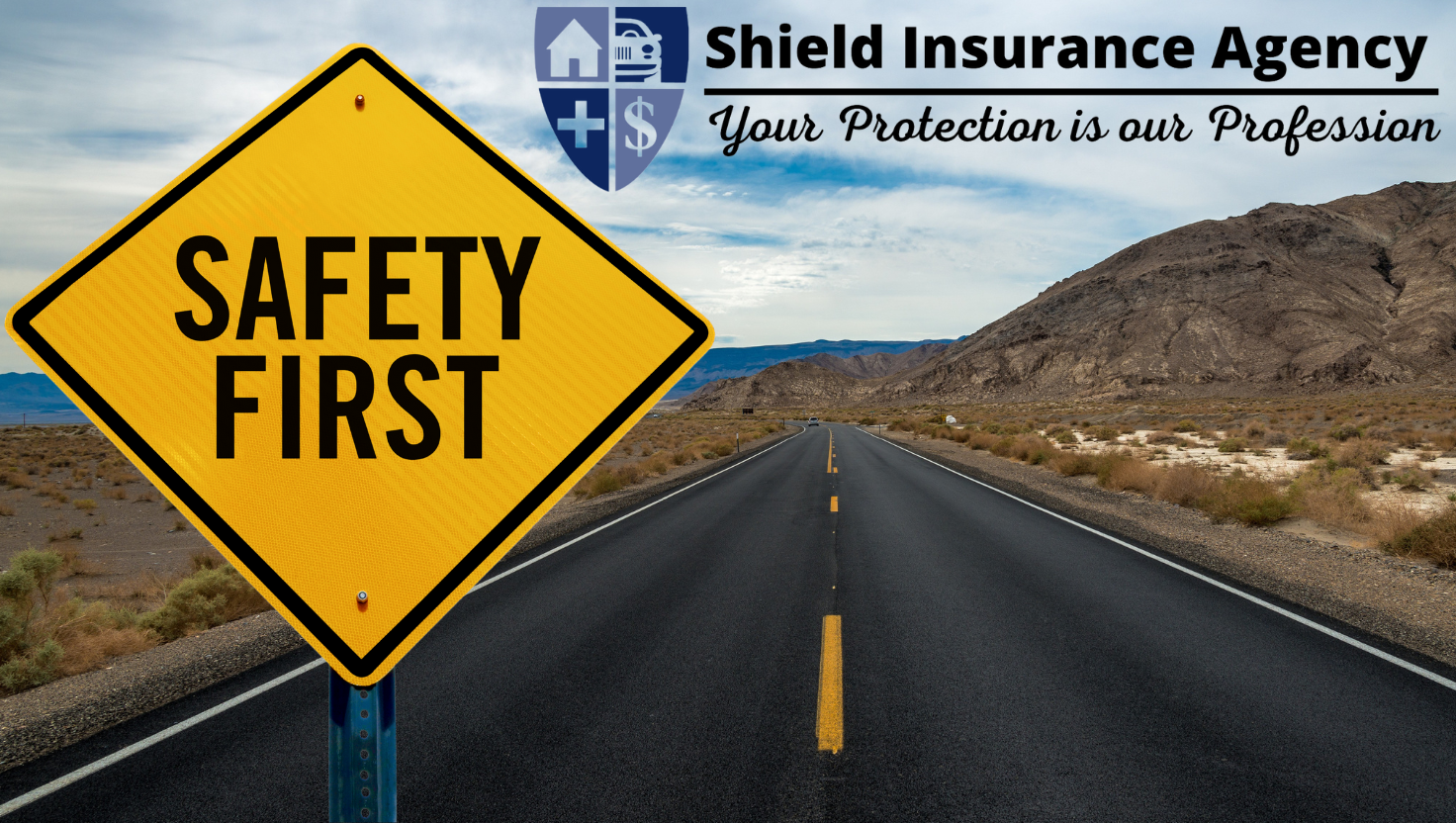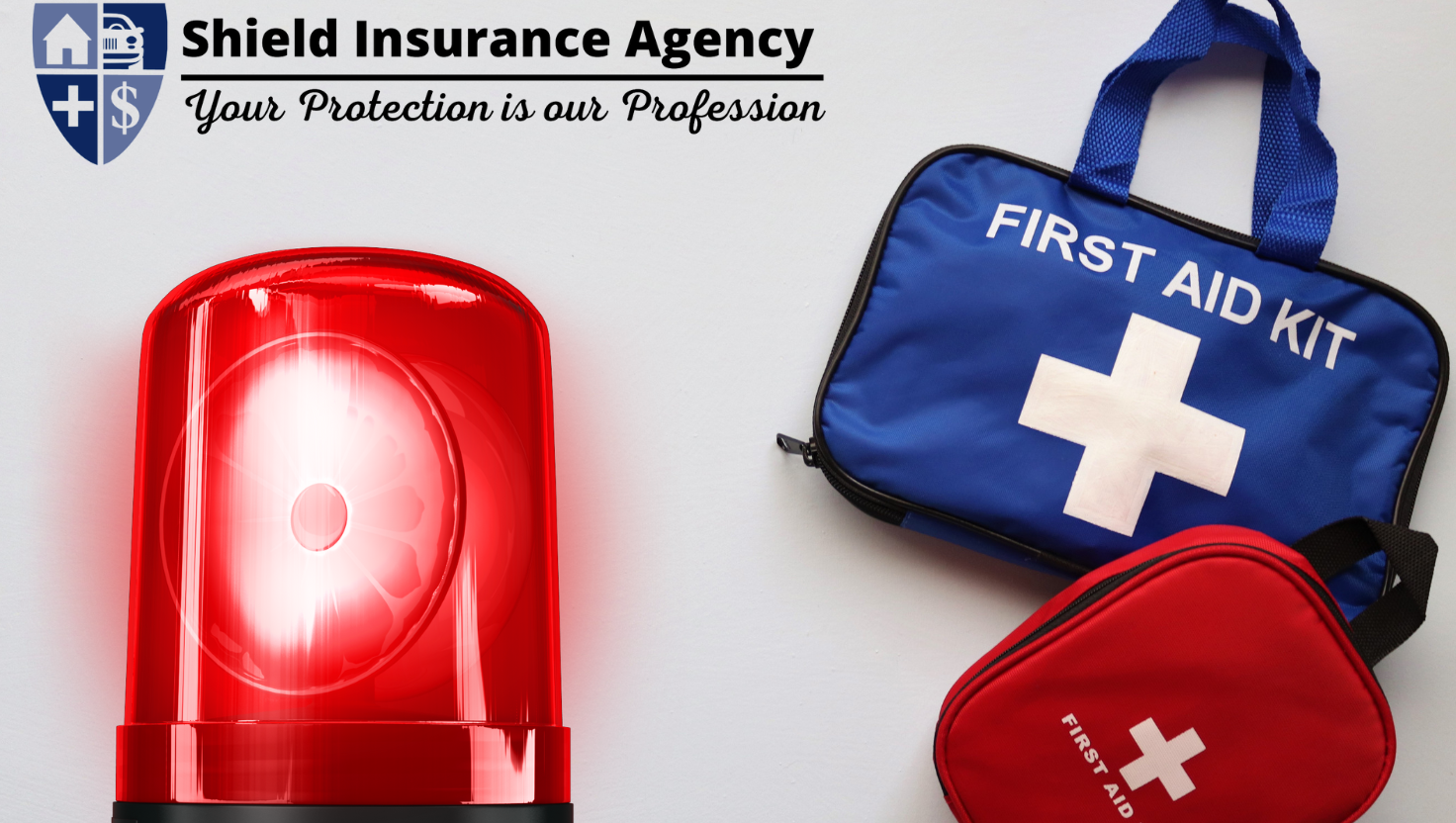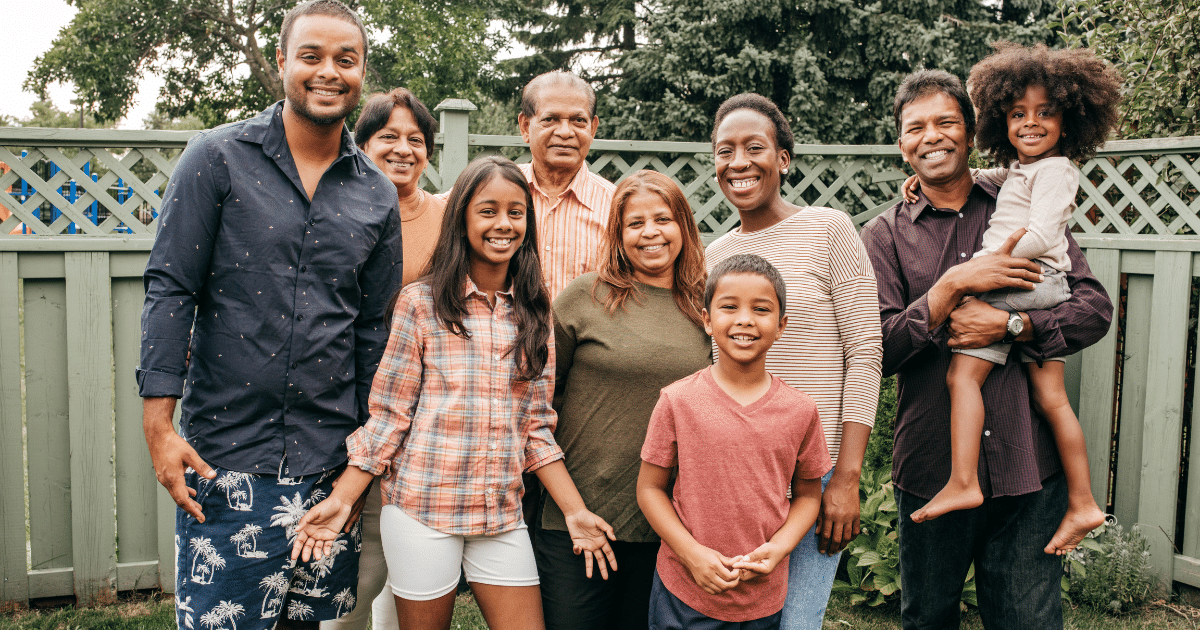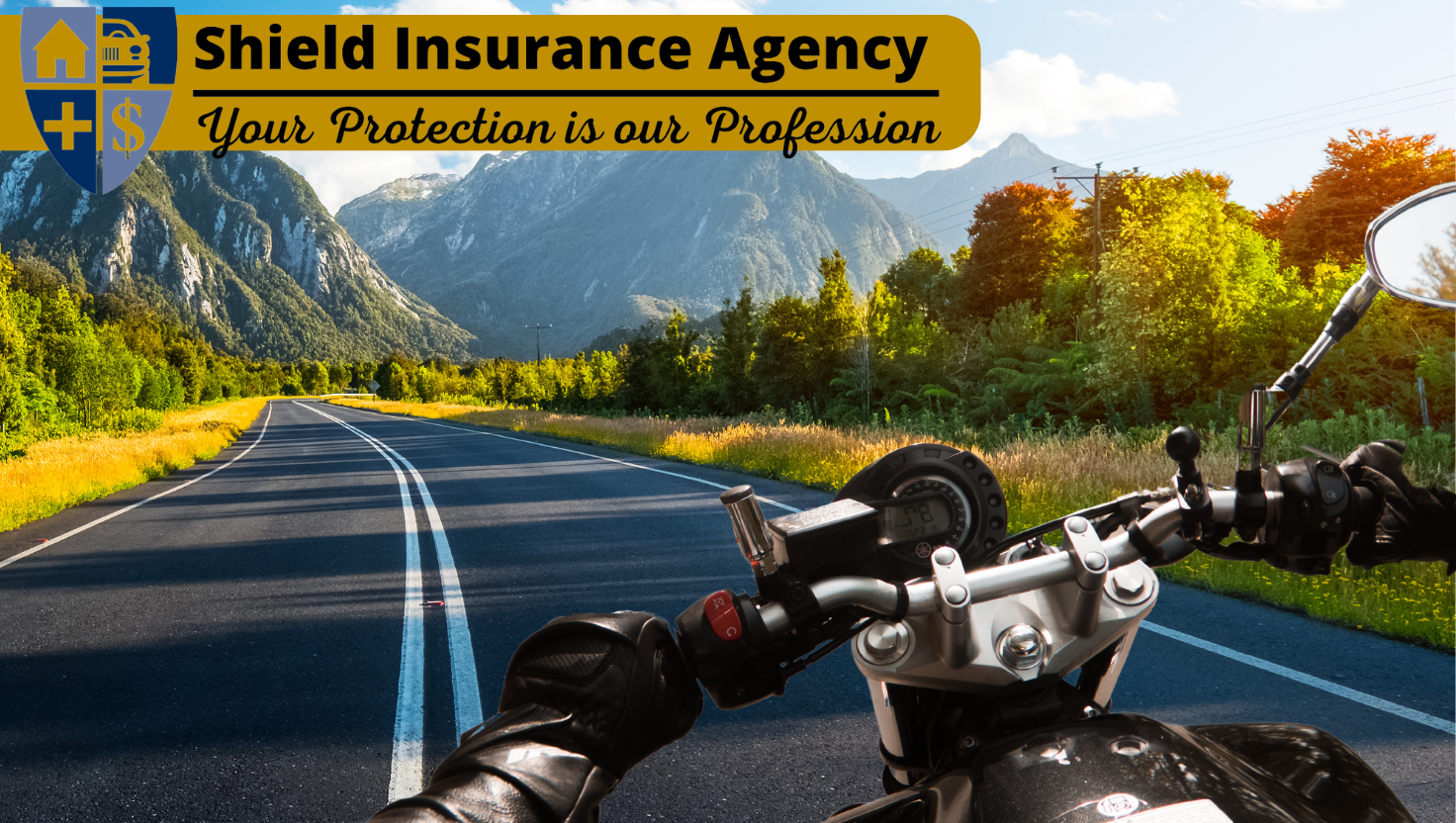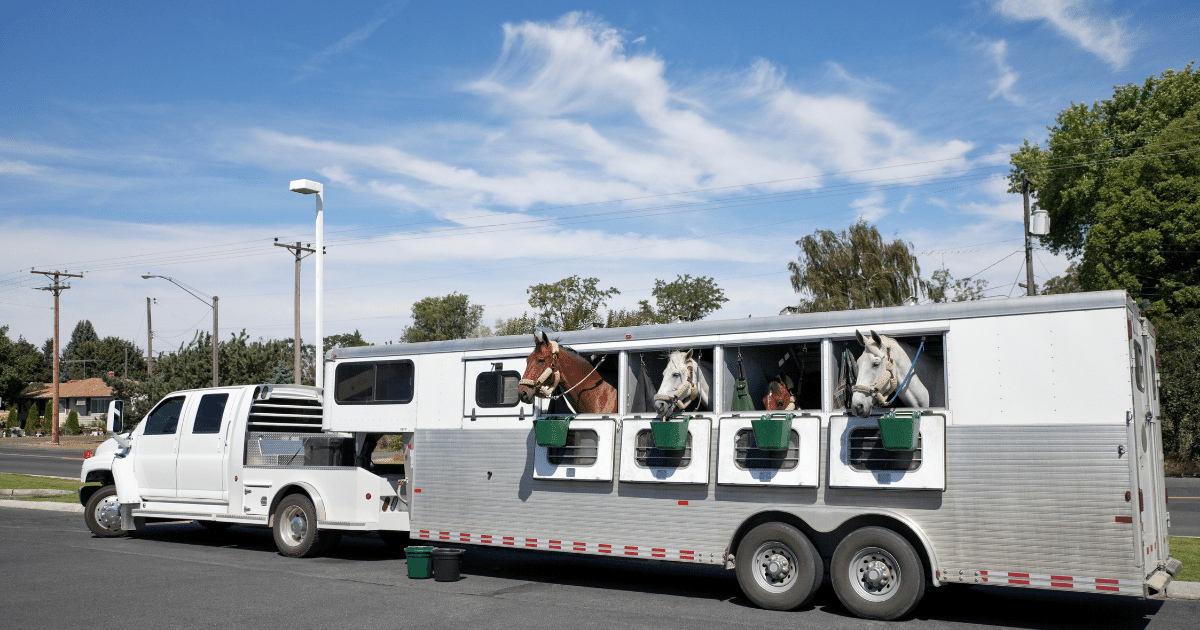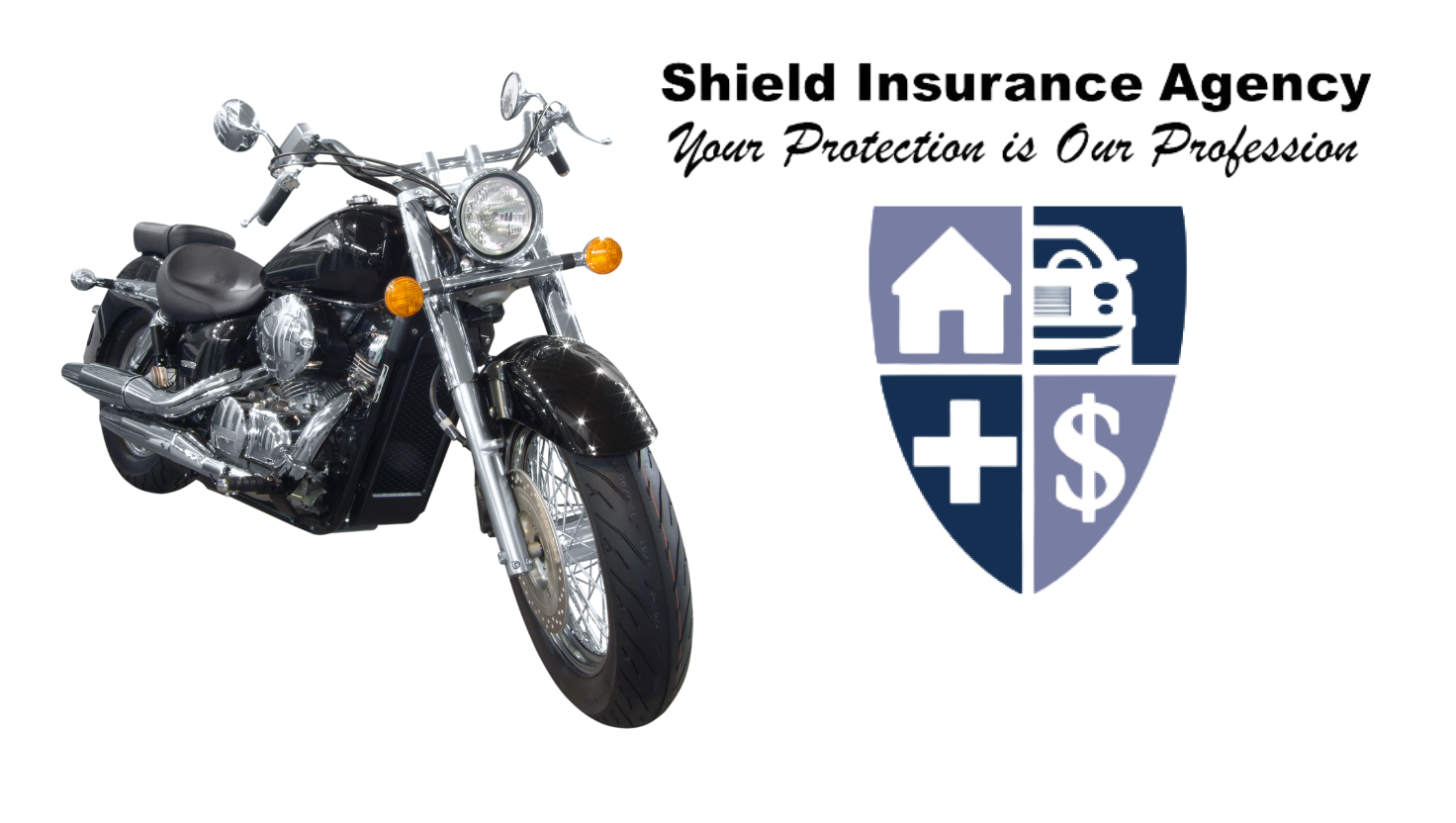
How To Winterize Your Motorcycle in 7 Simple Steps
Shield Insurance Blog | Winterize Your Motorcycle | Start A Quote Today!
Ready to winterize your motorcycle?
Cold temperatures are settling in, which means motorcycle riding season is coming to an end. Unless you live in the southwest or southern states, odds are you will be putting your ride in storage for the winter months. Unfortunately, simply keeping it covered is not enough.
If this is the first time you are winterizing your motorcycle, or you simply need a refresher, we’ve put together a simple 7-step guide to help steer you in the right direction.
- Fuel stabilizer is the engine’s best friend. As fuel sits, it degrades and coats the inside of the tank and engine parts. Stabilizer in the tank prevents that. Run the engine a little to get the treatment into the carburetor and injectors.
- Top off the fuel. This prevents condensation build-up in the tank.
- Old oil becomes acidic. When the engine is warm, change it, and add a small amount into the cylinders to keep them protected, too.
- Add anti-freeze. If the bike is liquid-cooled, refresh the anti-freeze.
- Wash, dry and polish. The goal is to clean off corrosive material, then build up a protective coating on the metal, chrome and leather.
- Stay off the concrete. Park the bike on a sheet of plywood or an old carpet, or elevate the cycle on a stand. The intent is to prevent flat spots from forming and eliminate moisture build-up under the tires.
- Cover it. After completing the steps above, you can now put the entire bike in a storage bag. This will keep it protected from whatever the kids or wind bring into the garage over the winter.
Last but not least, check your motorcycle insurance policy or talk with your insurance agent. Even if you’re storing your ride indoors, it’s still at risk of theft, vandalism, or physical damage.
For informational purposes only and may not be applicable to all situations.




